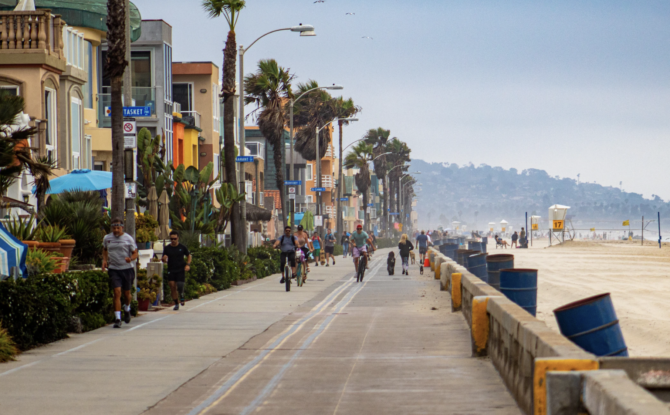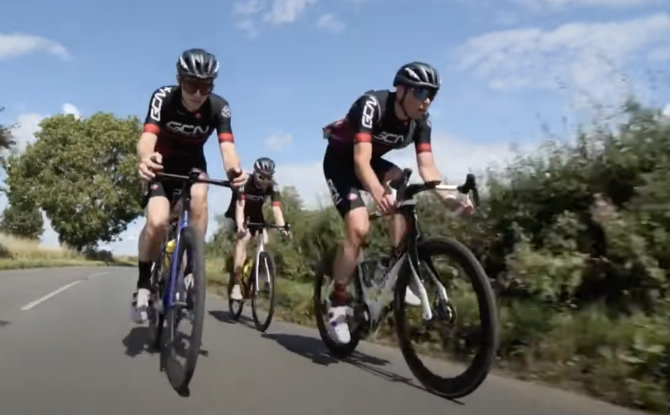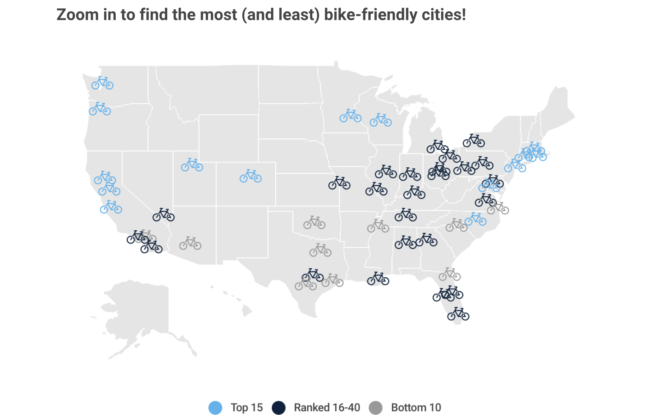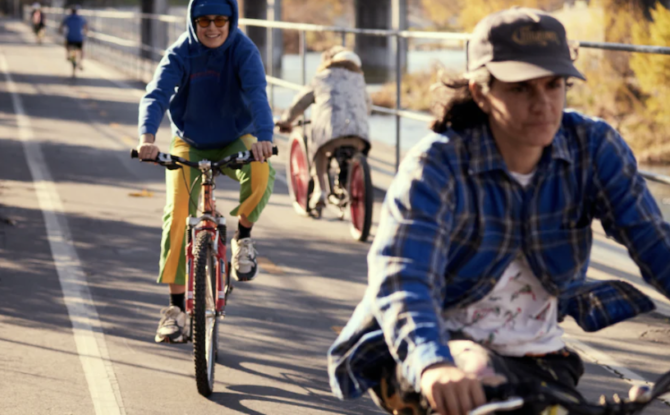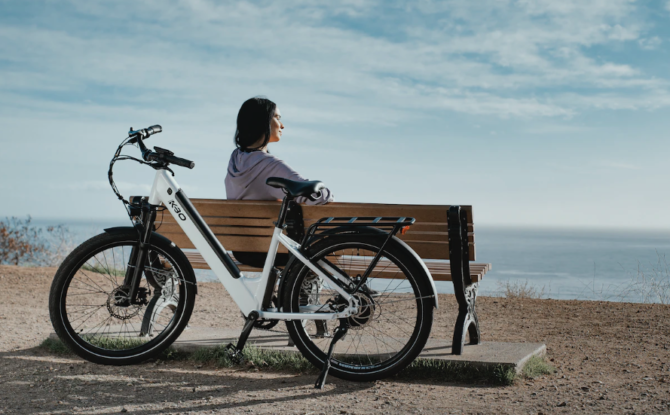From SanDiegoMagazine.com
By
The best places to take in the views on two wheels
I didn’t ride a bike without training wheels until I was 10 years old. I was intimidated by steep hills, sharing the road with cars, and any sort of cardio exercise. But then something changed: I received my very own bike. It wasn’t just any bike—it was my dad’s cherry-red 1993 Specialized RockHopper, a bike that had three more years of life experience than I did. Once a rusting relic in my father’s garage, it became my way to freely explore San Diego, the city I’ve called home my whole life.
Since then, I have spent countless hours tracing the following trails, loops, and bike paths with friends and family. Whether you’re a beginner or experienced cyclist, these treks offer something for everyone (including some truly stunning views). With summer traffic in full swing, it’s time to trade in four wheels for two and embark on these scenic routes around San Diego.
Bayshore Bikeway
12 miles
The Bayshore Bikeway is a great spot for bikers of all skill levels who want to enjoy a beautiful waterside view of downtown San Diego. The path is generally flat and provides a wide, dedicated lane for bikers, pedestrians, and skaters to share. Casual riders can start their cruise at the Coronado Ferry Landing and circle back at the Coronado Yacht Club.
More serious bikers can follow the path beneath the Coronado Bridge and along the Silver Strand Highway 75, then turn onto Palm Avenue for the final stretch to the Imperial Beach Pier. Some folks even take the Coronado Ferry to the Coastal Rail Trail (see below) for a full-day biking adventure. Stop by the Coronado Coffee Companystand just off the Coronado Ferry Landing Pier, a popular spot for cyclists to fuel up on caffeine before a long jaunt down the Silver Strand.
Photo by Sean Mullowney on Unsplash

